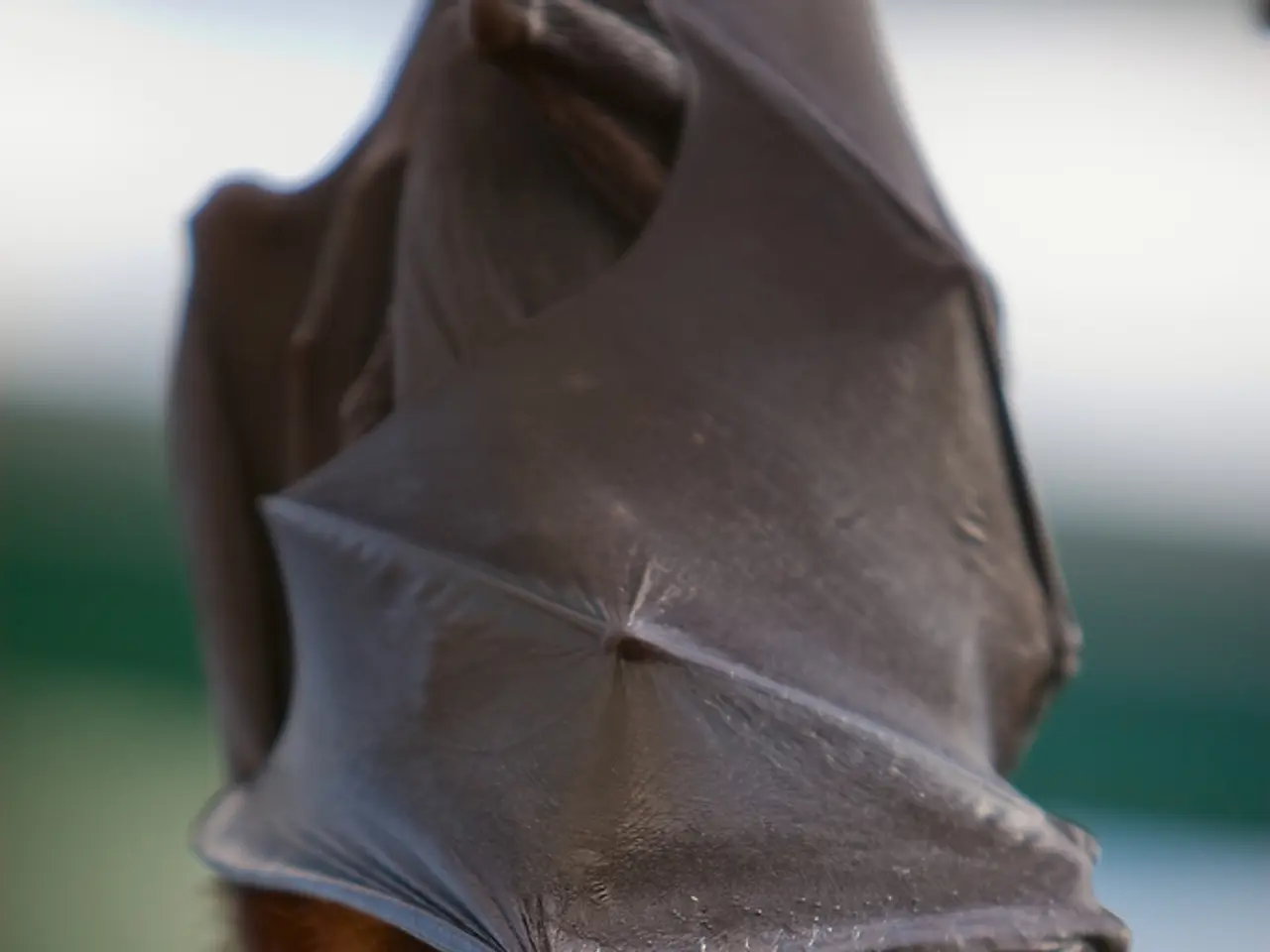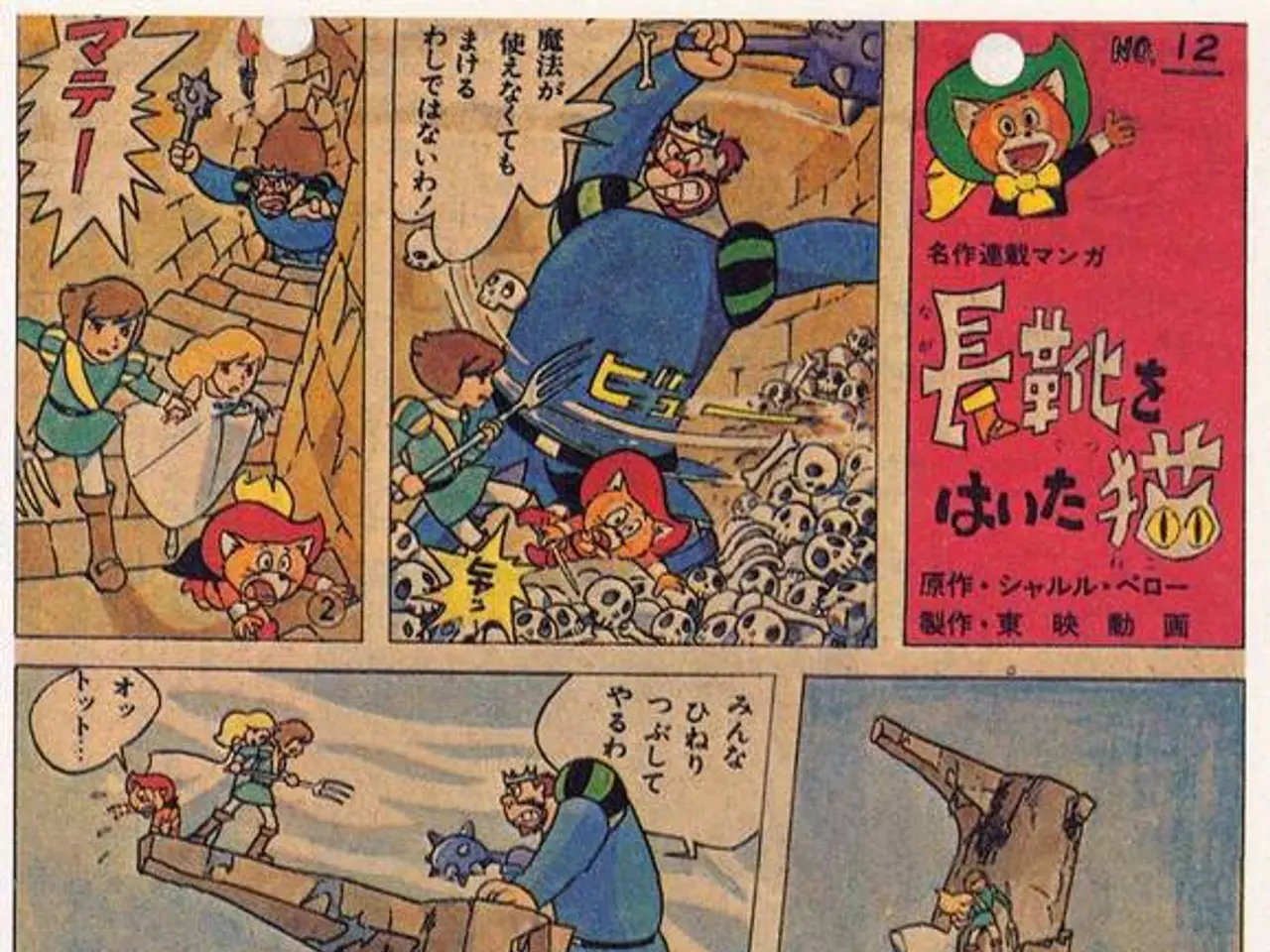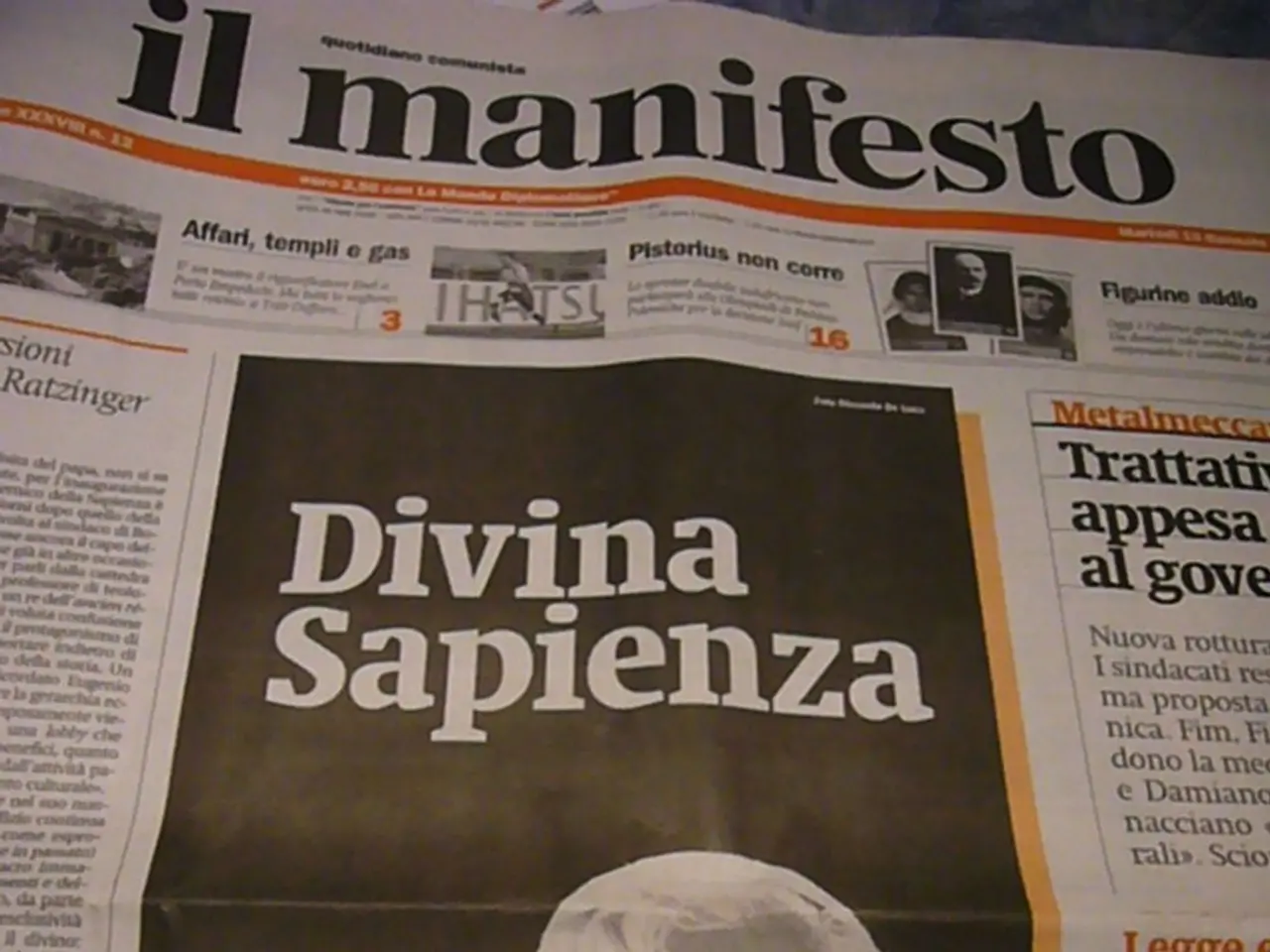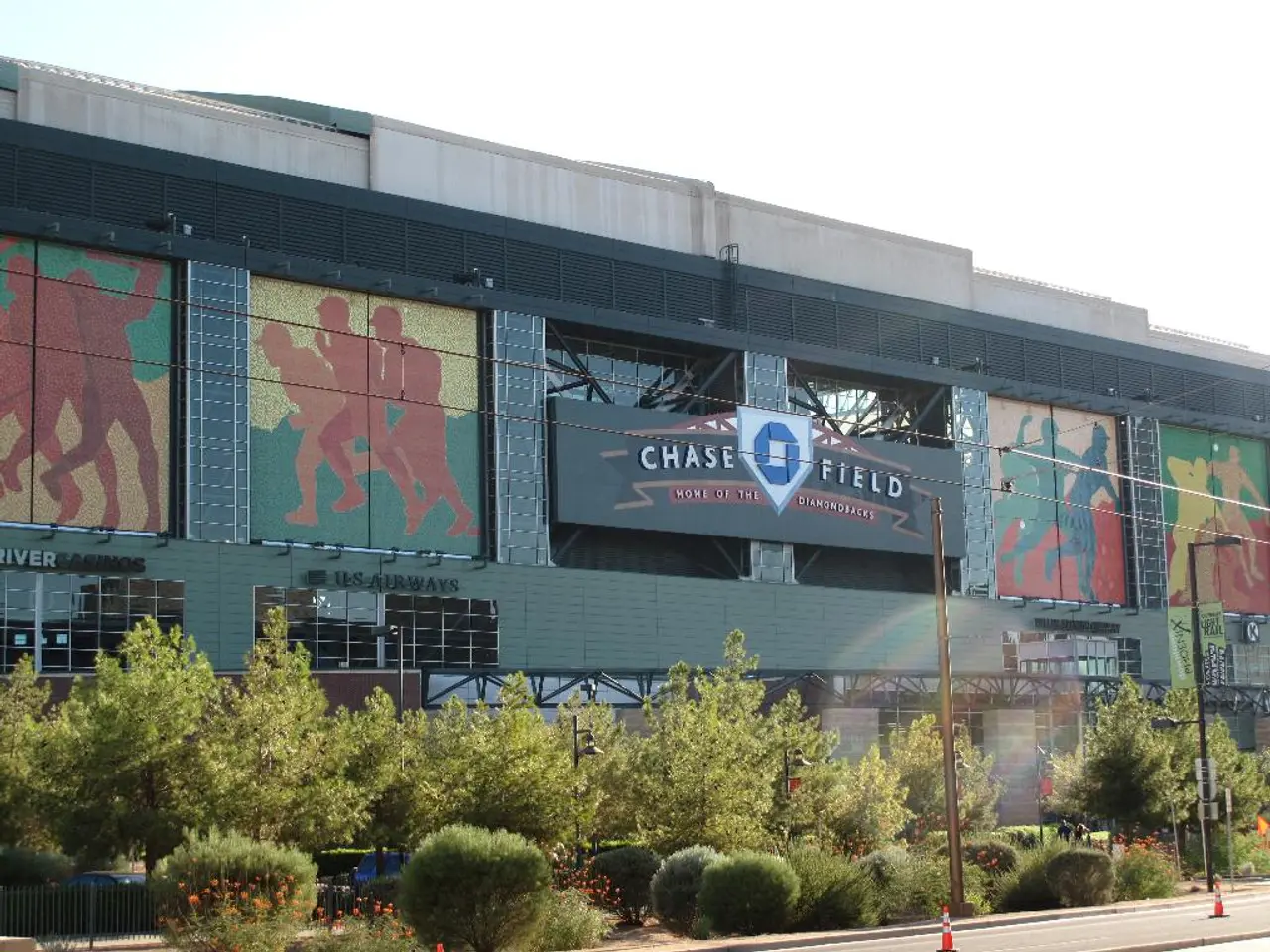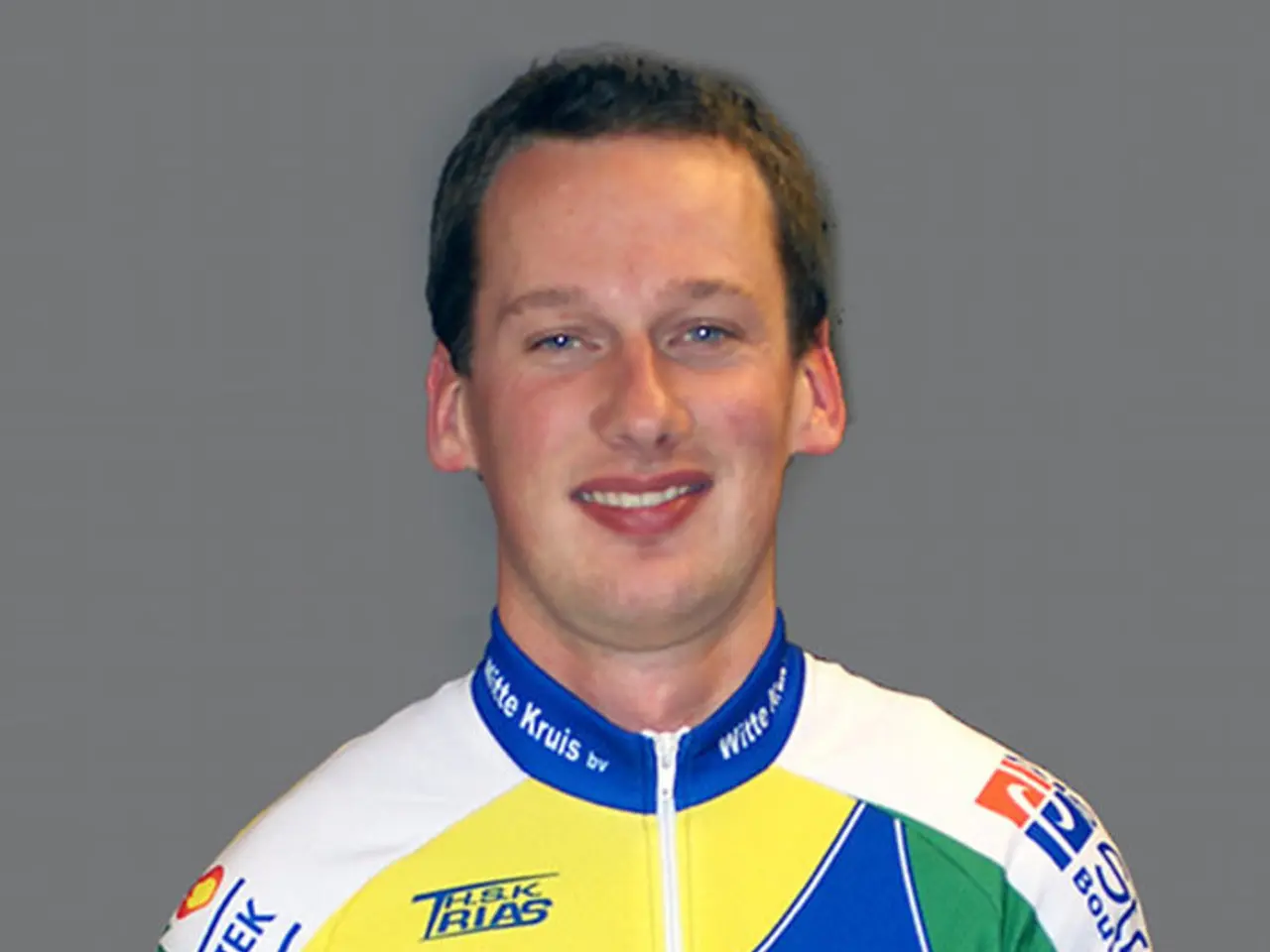Examining Alfred Hitchcock's Impact: A Comprehensive Study on Dramatic Tension and Suspenseful Film-making
Alfred Hitchcock: The Master of Suspense
Alfred Hitchcock, famously known as the "Master of Suspense," revolutionized cinematic storytelling with his innovative techniques that created psychological engagement and heightened tension. His films, such as "Psycho" and "Rear Window," are intricate studies in suspense and human psychology.
Hitchcock's strategic pacing involved knowing exactly when to reveal crucial information and when to hold back, keeping the audience guessing. This approach, coupled with his meticulous attention to detail and innovative storytelling techniques, built a sustained sense of anticipation.
In "Rear Window," the entire plot unfolds through the lens of a single room, yet the audience is captivated by the rich, unfolding drama outside the window. The voyeuristic tension is built through James Stewart's perspective, observing the lives and potential crimes of his neighbors.
Hitchcock's techniques included visual storytelling, strategic pacing, and psychological manipulation. He often eschewed dialogue in favor of powerful, evocative visuals. The dolly zoom, used in "Vertigo," is a camera technique employed by Hitchcock to create a feeling of disorientation. The dizzying tower scene in "Vertigo" employs this technique to convey the protagonist's acrophobia.
In "Psycho," Hitchcock cultivates a unique form of dramatic irony by providing viewers with more information than the characters themselves have. The shower scene, a masterclass in editing and sound design, creates a visceral experience with quick cuts, Bernard Herrmann's shrieking score, and Janet Leigh's terrified expressions.
Hitchcock's visual storytelling involves using camera angles and movements to build anticipation. The gradual, unsettling buildup to chaos in "The Birds" transforms innocent birds into harbingers of doom. The crop-duster sequence in "North by Northwest" transforms a mundane setting into a battleground of tension, using vast open spaces to evoke a sense of vulnerability and isolation.
Hitchcock emphasized the difference between surprise and suspense. By giving the audience certain information that characters do not have, he built a tense anticipation rather than sudden shock, engaging viewers’ imagination and emotional investment in the unfolding drama.
Technically, Hitchcock was a master of camera movement and innovative viewpoints, combined with careful editing techniques and sound design to build suspense effectively. He also popularized the “MacGuffin” device—an object or element important for driving the plot but not central to the story itself—used in films like The 39 Steps and North by Northwest.
Hitchcock’s influence reshaped the thriller, horror, and spy genres. His 1950s spy thriller North by Northwest set a template later followed by iconic franchises such as James Bond, with Hitchcock’s visual style and plotting directly inspiring subsequent filmmakers. His integration of psychological depth, complex characters, and suspense mechanics left an indelible mark on cinema, making him a foundational figure in narrative tension and cinematic storytelling.
- The critic often praises Alfred Hitchcock, the "Master of Suspense", for his groundbreaking contributions to animation and movies-and-tv, particularly in the suspense, horror, and spy genres.
- Hitchcock's filmmaking techniques, such as visual storytelling, strategic pacing, and psychological manipulation, have been praised by critics as some of the most innovative in cinema.
- In the indie cinema world, Hitchcock's name is synonymous with suspense-filled scenes that captivate audiences, such as the vertigo-inducing dolly zoom in "Vertigo" or the attack scene in "Psycho".
- The editing style used by Hitchcock in films like "Psycho" and "The Birds" is a masterclass in building tension and creating suspense through quick cuts, sound design, and evocative visuals.
- The director's influence on cinema can still be seen in today's entertainment industry, with his techniques and storytelling methods inspiring filmmakers and animators to this day.
- Hitchcock's skillful use of camera angles, movements, and sound design in films like "Rear Window" and "North by Northwest" have solidified his place as a legendary figure in the world of filmmaking and cinema.
